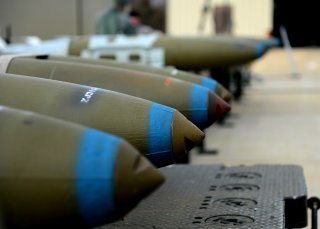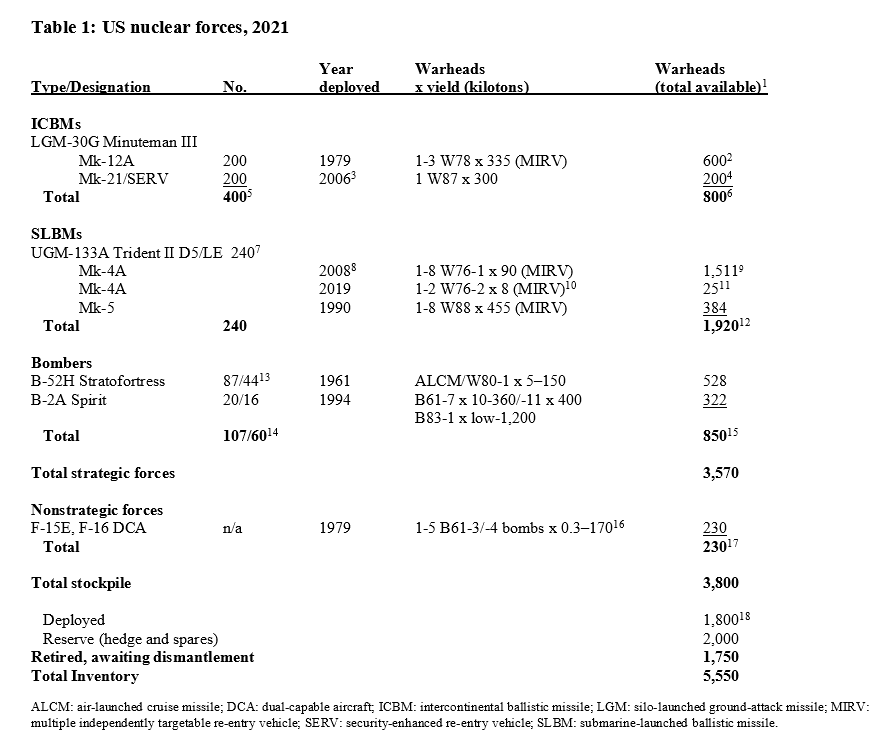BY JONATHAN TEPPERMAN, FAREED ZAKARIA
To mark the occasion of Foreign Policy’s 50th birthday, FP’s Jonathan Tepperman sat down recently with Fareed Zakaria—the author, CNN host, and one of today’s leading thinkers on international affairs—to discuss the moment of the magazine’s creation, the many similarities between then and now, what the last 50 years have taught us about U.S. strategy, and where the country should go from here. The following conversation has been edited for clarity and concision.
Jonathan Tepperman: Foreign Policy was founded as a journal in the winter of 1970-1971. Reading through the first issue today, one can’t help but be struck by the parallels to the present moment. In that issue’s introduction, FP’s founders, Samuel P. Huntington and Warren Demian Manshel, write about how “an era in American foreign policy, which began in the late 1940’s, has ended” and then go on to say they “think this is a good time for new—and … more constructive—controversies concerning the revision of goals, the reconsideration of means, and the reformulation of the responsibilities of the United States in a world which is rapidly reformulating itself.”
The backdrop for their writing, which they allude to, is the crumbling of what had been the key U.S. foreign policy of the postwar era, namely containment—the effort to hem in the Soviet Union—and the need to build a new consensus around a new approach.
That first issue also reveals a lot of other important things about the early 1970s. The United States was being rocked by new and confusing forces and had lost its nerve; the mood was grim. Graham Allison wrote in the issue that “we have already entered the twilight zone of American political and military influence in the world.” In other words, 50 years ago, FP’s writers were already preoccupied by the idea that the United States was in decline and that Washington’s whole strategy for dealing with the rest of the world no longer worked and had to be reinvented. Everything was up for grabs, and FP’s task was to create a new foreign-policy consensus and a new foreign-policy establishment. Doesn’t that sound a lot like today?
Fareed Zakaria: It’s an intriguing parallel. It reminds me of that old saying sometimes attributed to Mark Twain, “History never repeats itself, but it rhymes.” This feels like one of those rhyming moments.









